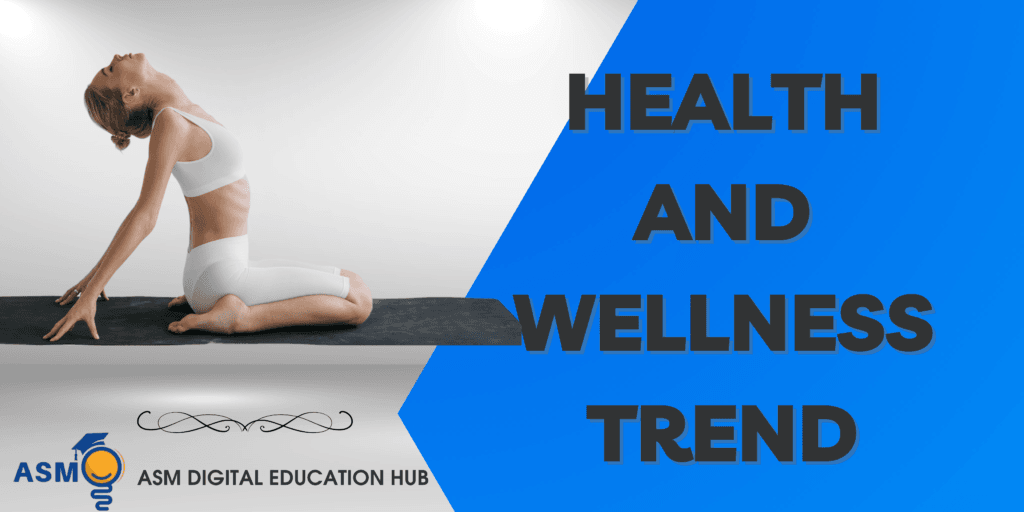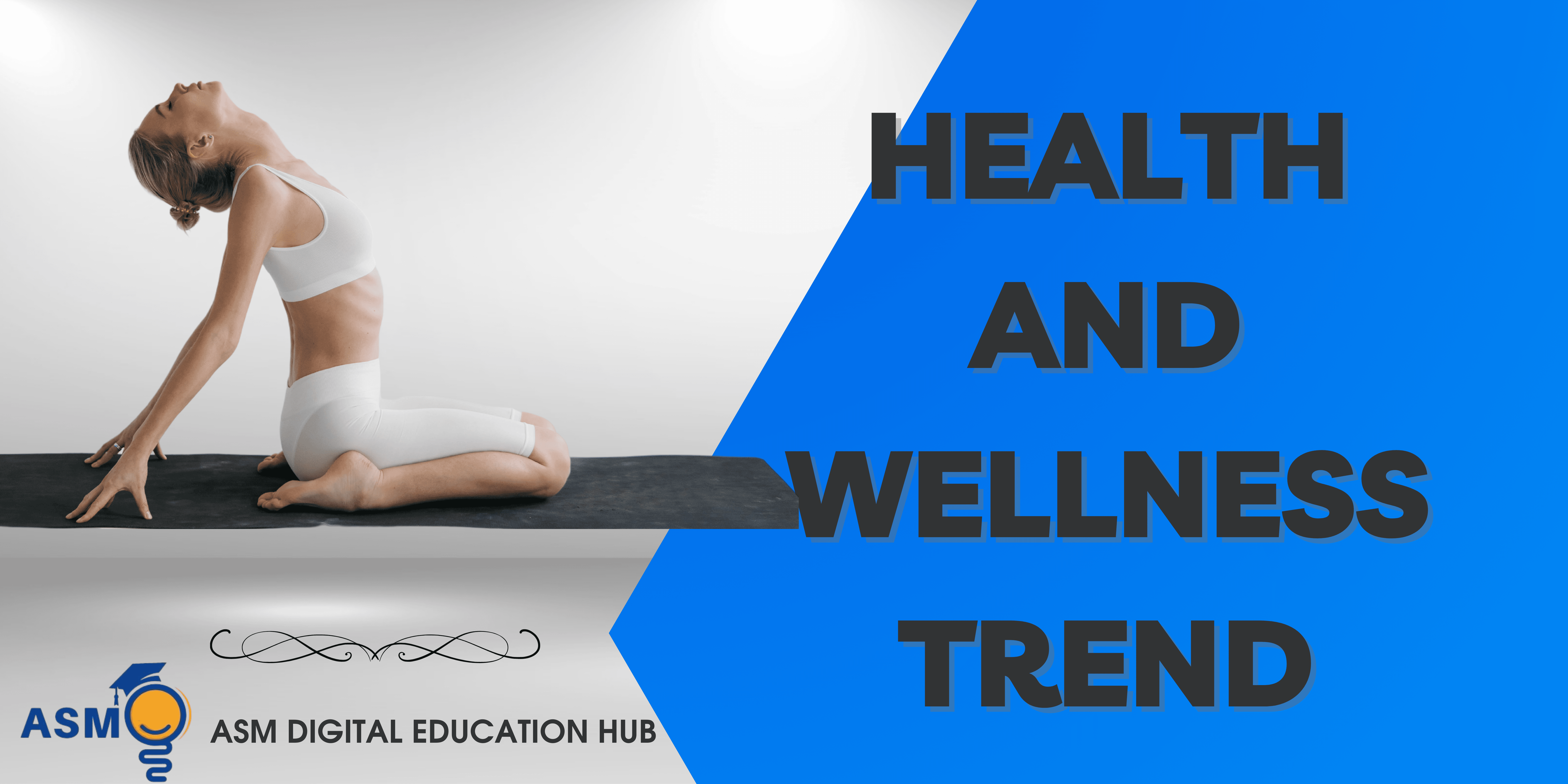In today’s fast-paced world, STRESS individuals often find themselves facing numerous stressful situations, leading to a disruption in their equilibrium. This imbalance frequently arises from an incessant pursuit of happiness and an aspiration to enhance living standards through the acquisition of comfort-enhancing items and indulgence in sensory pleasures, ultimately resulting in a life filled with stress. Characterize stress as a non-specific response pattern rooted in conventional and phylogenetic principles, primarily aimed at preparing the body for physical actions such as fight or flight.
Escape from Stress
However, when individuals lack the means to either confront or escape from stressors, they may experience psychosomatic symptoms. In this context, stress transforms into distress, manifesting as psychosomatic disorders. From a yoga perspective, stress is viewed as a state of imbalance. Both mental and physical levels are affected, with excessive speed and demanding situations leading to pain and various health issues. Consequently, this study aims to examine the impact of stress-related challenges and the management of these issues through yoga among bank employees who work tirelessly.
A total of sixty bank employees, aged approximately 40 years (±5), were randomly selected from various banks in Gulbarga City. They were requested to document their dietary habits and lifestyle choices, with the assurance of confidentiality. The analysis of this data indicated that they were living under significant stress, often unaware or dismissive of it due to their hectic schedules. As a result, they were invited to participate in a four-month yoga program, to which they readily consented. The yoga sessions for stress management among bank employees were conducted under expert guidance.

1. Instant Relaxation Technique (IRT): stretch and relax in savasana which was done in phases for 1 minute in which tightening (stretch) for 20 seconds and relaxation for 40 seconds.
2. Quick Relaxation Technique (QRT): savasana done in 3 phases. Each phase is for 1 minute in which (a) observation of abdominal muscle movement is done for 1 minutes (5 round), (b) in association with breathing for 1 minute (6 times), (c) with feeling for 1 minute
3. Deep Relaxation Technique (DRT): savasana done in 6 phases. Part by part relaxation is done by directing the attention of the mind on different parts of the body starting from toes and ending with the head, a feeling of relaxation is propagated. They are done as: (1) toes to waist for 45-50 seconds (2) waist to neck for 1.25 minutes (3) complete head for 1 minute (4) complete body from toes to head 50 seconds (5) Body apartness for 45 seconds (6) tuning to the infinite for 1.20 minutes.
4. Self-Management of Excessive Tension (SMET): The session starts with the prayer in savasana by lying down on back, in savasana posture. Relax -legs apart, hands by the side of the body, slightly away. Palms facing the ceiling, eyes gently closed, face smiling. The back part of the body is in contact with the ground and all the bank employees’ prayer along with the researcher who is guiding them.
Before the Yoga program the Bank Employees has either not recognized or had ignored manifestations of tension and stress in them. They reported their experiences as follows:
• High muscle tone evidenced by stiff muscles in several parts of the body (neck, arms, back legs).
• Increased pulse rate and high Blood Pressure.
• High breathing rate
• Haphazard and imbalanced breathing between the two nostrils
• Periodic outburst of anger, fear, depression etc over juniors
• Restlessness, lack of cone, decreasing clarity in thinking.
Since the Bank employees explained their problems, they were able to recognize that they were leading a tensed and stressful life.
The Bank employees undertook the yoga program for four months with interest and they yoga program reported their experiences as:
• They had relaxed body
• Normal B P
• Normal pulse rate
• Normal breathing
• They were more friendly with their juniors
• And were able to work more efficiently with any breaks for tea or cigar. And had clean vision in their mind and execute their project effectively.
In the context of rising stress levels, our focus has primarily been on a specific segment of the global population: those in highly developed regions. For this group, the implications, benefits, and challenges associated with scientific and technological advancements are of paramount importance. The fast-paced, sharp intellect of contemporary individuals is pushing their physical systems to keep up with the demands of modern life. When these demands exceed the body’s capacity, it leads to a breakdown, resulting in increased issues of hypersensitivity and stress.
Yoga transcends being merely a form of physical exercise or a display of extraordinary abilities; it represents a forward-thinking science with a holistic perspective that is essential for a progressive society. It not only enhances physical fitness and vitality but also cultivates willpower, emotional stability, and expands our capacity for insight and understanding. This comprehensive approach to harnessing will, calming the mind, and stabilizing emotions—while maintaining intellectual acuity—is crucial for human advancement.
The physical manifestations of stress, such as joint stiffness and muscle spasms, can be alleviated through the practice of yogic postures, or asanas, which are designed to promote relaxation and mental tranquility. Gentle movements counteract internal pressures, as confirmed by recent studies. Techniques like rhythmic breathing and the breath-slowing practice of Pranayama help establish equilibrium at the pranic level. Maintaining awareness and relaxation during these practices enables individuals to gain control over their mental processes, thereby addressing imbalances. The yogic approach to stress management is entirely holistic, rooted in a comprehensive understanding of stress itself. Merely addressing physical symptoms is insufficient; achieving balance across all levels is essential. This total approach is the foundation of yoga.
As observed in this study, smoking increases the heart beat and stimulates the system. Tobacco produces more carbon monoxide and then increases the load on the heart, obviously increasing risk factor for coronary diseases. And more percent of Bank employees indulged themselves in alcohol, which indeed was not a solution for stress.
As evident from the data collected from Bank Employees medical history, the blood pressure was stable and reduced when compared to BP before the practice of yoga (Bank Employees medical history collected for three months before and after the yoga program). The control over breathing also improved after the yoga program. However, the BP treatment of the BP Bank employee continued with lower dosages as prescribed by their physicians.
The challenge of stress is thus the drive for a progressive move from the matter-based approach to a mind-based approach; from the economic based to a health-based measure of progress. Yoga is the right science for such a transformation which is in the offing.


